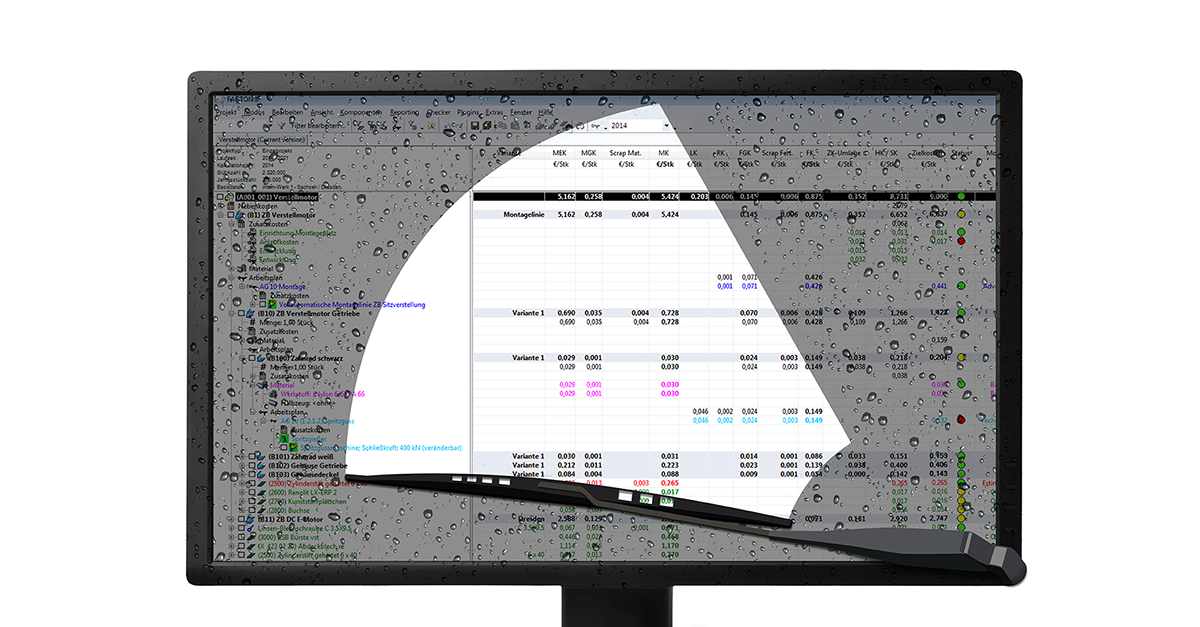Cost transparency in negotiations is a controversial subject. On the one hand, companies feel that profit margins are in danger. On the other hand, more and more customers want to see a breakdown of the costs. This is a dilemma that can be resolved, because transparency not only strengthens a company’s own negotiation position, it also leads to permanent, stable business relationships.
We have bundled our knowledge to summarize three key measures for achieving transparent cost information.
Enterprise-wide understanding of product cost
Internal cost transparency strategies means that there is a unified, enterprise-wide understanding of costs. All cost factors such as material, product components or personnel are entered into a central database in a standardized way. Manual transfer of information, like that used in spreadsheets, is a thing of the past. This saves time and minimizes the potential for error in quoting. Automation and versioning help businesses provide consistent figures and avoid unpleasant questions later on due to incorrect, manually transferred data, e.g., in quotation variants.
Strategic development of costing
When developing a costing strategy, it is important to understand the customer’s value perception and one’s own competitive position. The expected cost and profit margins are further integral elements of strategic planning. An interdisciplinary cost calculation specifically tailored to the customer’s needs ensures businesses will make a lasting impression with customers. Coordinated figures and reasoning strengthen the company’s own position and negotiations are more focused. Drawn-out discussions regarding pricing are no longer necessary because customers understand developments in pricing. The functionality and quality of the product once again become the main focus.
Collaboration of equal footing
Companies work with the customer to define in advance which cost components will be revealed in the offer, e.g., assumptions regarding project planning and any reasonable markups. Negotiating partners no longer make surprising demands and communication takes place on equal footing. If the general conditions are met, businesses use the positive starting point to negotiate other RFQs for new products and get their products on the radar during the preliminary considerations for other planned projects. Further explanations of the cost breakdown facilitate the decision-making process following the negotiation phase. Calculations are clearly understood, thereby enhancing customer satisfaction.
A basic rule: The prerequisite for cost breakdowns is a standard in a professional business climate marked by mutual respect. Price transparency does not mean disclosing every cost in the calculation. Rather, it means leading negotiations on the basis of an open cost strategy. Prices are transparent for customers, reasoning is documented with facts and figures and negotiations can be conducted with confidence. Ultimately, businesses protect their own profit margins and strengthen their negotiating position because they structure costs in a way that is beneficial for both parties.
Learn in our webinar on demand "Quotation Costing - Challenges and Potentials" why cost transparency is a decisive success factor in the quotation process.




